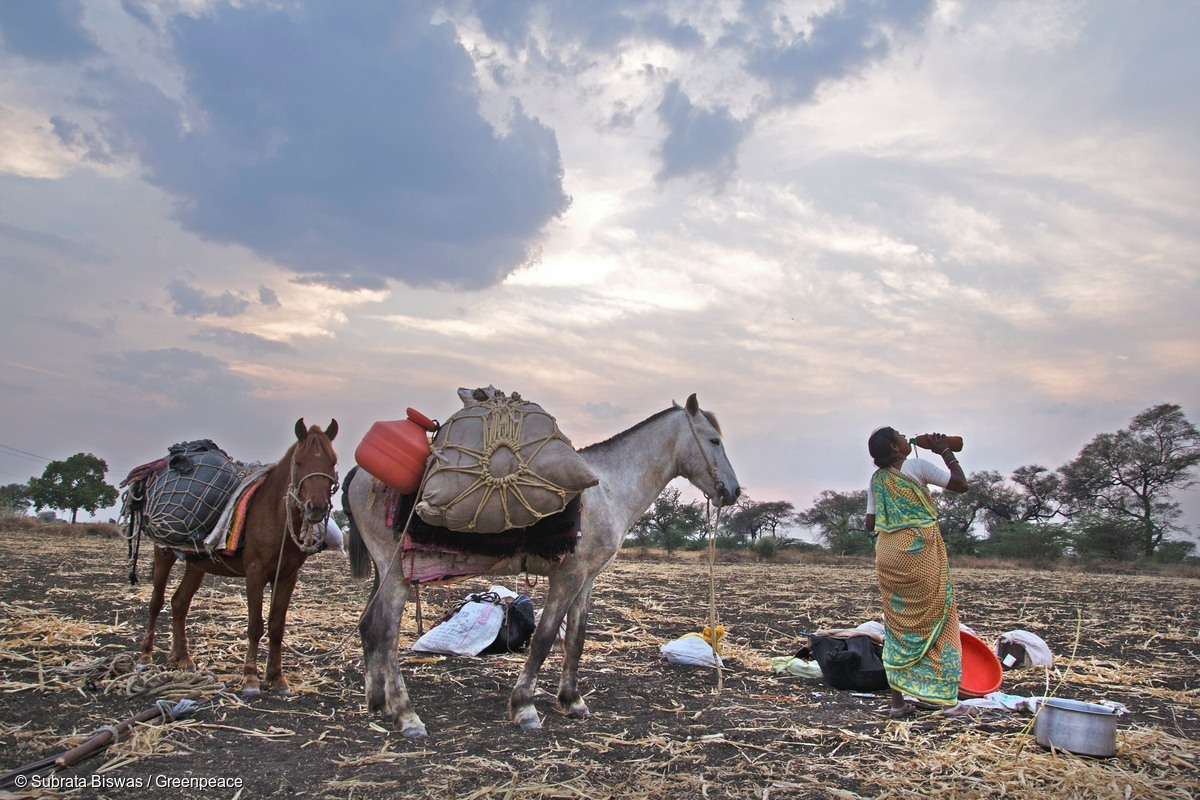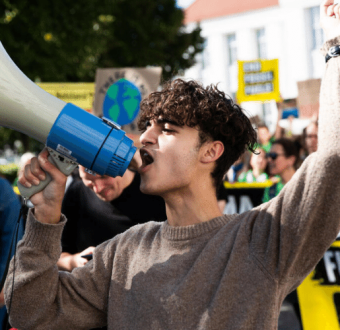Having nowhere to call “home” can be one of the scariest moments in a person’s life. Whether that’s at the hands of chronic unemployment or a climate change induced disaster, your life changes forever. When disaster strikes, it is in that moment of terrible reality you’re faced with the throat wrenching question: what do I do?
In the wake of the United Nations IPCC report, many have been left with these feelings of fear, dismay, and rage at the prospect of having just 10 years to drastically reduce our global emissions and narrowly avoid the worst case scenario of climate change.
The looming threat of unchecked pollution and the continued inaction of corporations to show leadership in helping to stave off the destructive impacts of climate change stir up these emotions across demographics, identities, and political party lines. These feelings pale in comparison to the grave realities of how climate change is impacting the lives of those most vulnerable — and the Central American refugees are among those most vulnerable.
The refugees that have been traveling from Central America in pursuit of safety and freedom from violence have been a source of public debate since their story first surfaced in the public sphere on October 12th. What began as approximately 160 people fleeing San Pedro Sula, Honduras, grew into a movement of people seeking safety in the U.S. and Mexico. Their reasoning for seeking asylum ranges from political instability and unemployment to repression and impending violence — but one thread that connects many of these narratives that has not received much attention is a decreasing viability of land due to climate change induced droughts.
Guatemala, Honduras, and El Salvador, the countries that make up the majority of asylum seekers, are at the heart of the “Dry Corridor” where communities have experienced ongoing droughts that have devastated their agricultural production and roused the need to migrate. These drought-prone areas have only gotten worse as a result of the changing climate. Guatemala, in particular, being listed as one of the countries most vulnerable to climate change.

Activists participate in the Rise for Climate, Jobs & Justice march as part of a global day of action to demand our elected leaders commit to no new fossil fuels and a just and fair transition to 100% renewable energy.
In response to this climate migration, the Trump administration has mobilized thousands of U.S. military troops to deter the refugees from reaching U.S borders, suspended asylum for anyone seeking to do so at the Southern Border of the U.S., and even tear gassing them over the Thanksgiving holiday.
Since the refugees began arriving in Mexico — some of which have since splintered — the Trump administration has used racist rhetoric and sought to stir up conflict. Trump’s efforts here are reminiscent of his xenophobic rhetoric used in his 2016 election campaign — when he disparaged on countries like Mexico — and more recently as it pertains to the Muslim Ban. That kind of rhetoric, of course, has a negative impact on society, yet the truth is that his faulty attempts to sway public opinion do not change the reality that climate-induced migration is a reality that we will continue to face and must address.
Trump’s cold disregard for the global impacts of his climate change denial and backwards environmental policies continue to raise the stakes in a political reality where lives are on the line. If we truly believe in and work towards a healthy and thriving future for our environment, we cannot afford to ignore those who are directly impacted by the ongoing damage being done to our planet.
The clock is ticking down. If we don’t make a collective push to address climate change now, the increased frequency of climate migrations and conflicts will be the new face of our everyday lives. The power of people to band together and transform despair into hope is something to be called upon in times of disaster and this moment is no different.
How we respond now will be the litmus test of our collective commitment to freedom from violence, care for our planet, and the value of a human life. If societies are judged by how they treat the most vulnerable in this world, then more than ever those are the things that must be our driving force.


